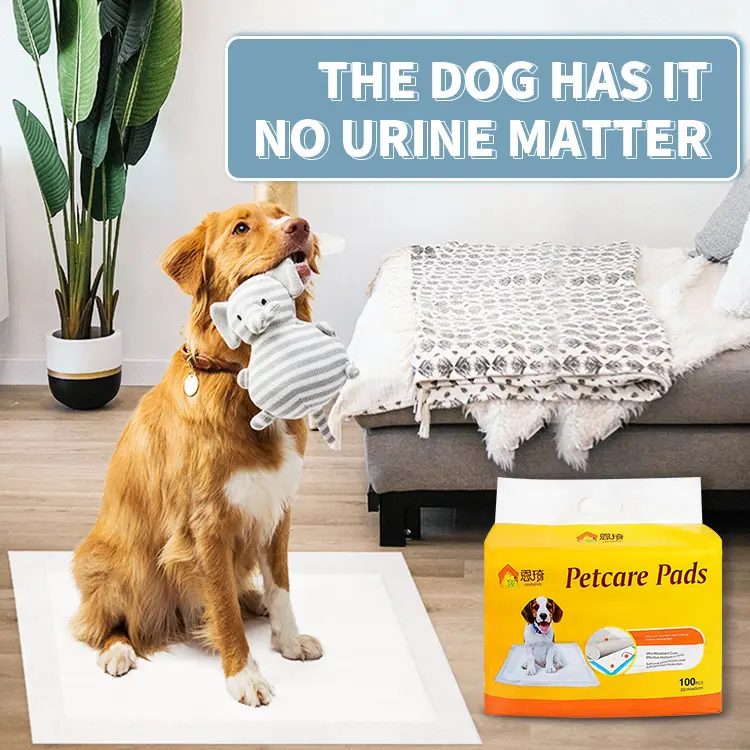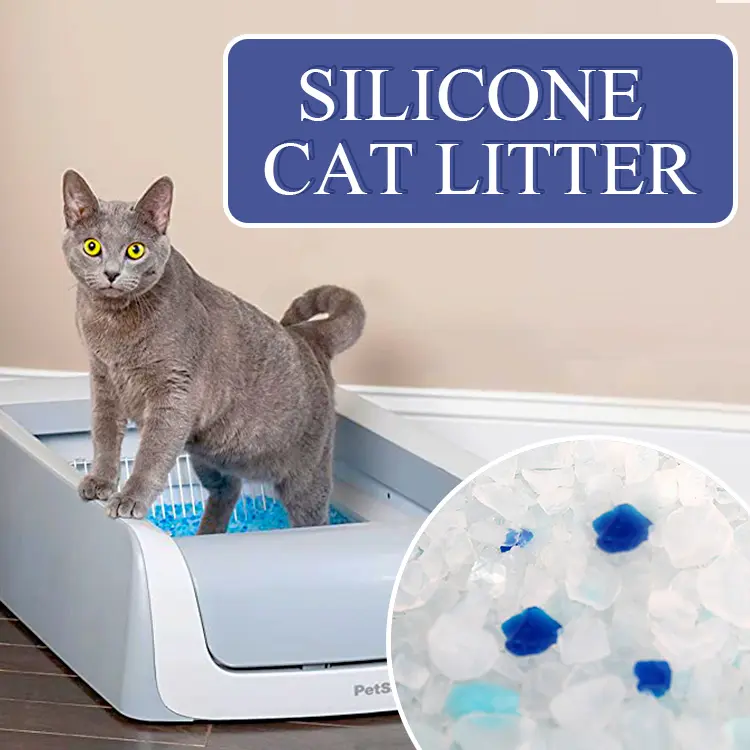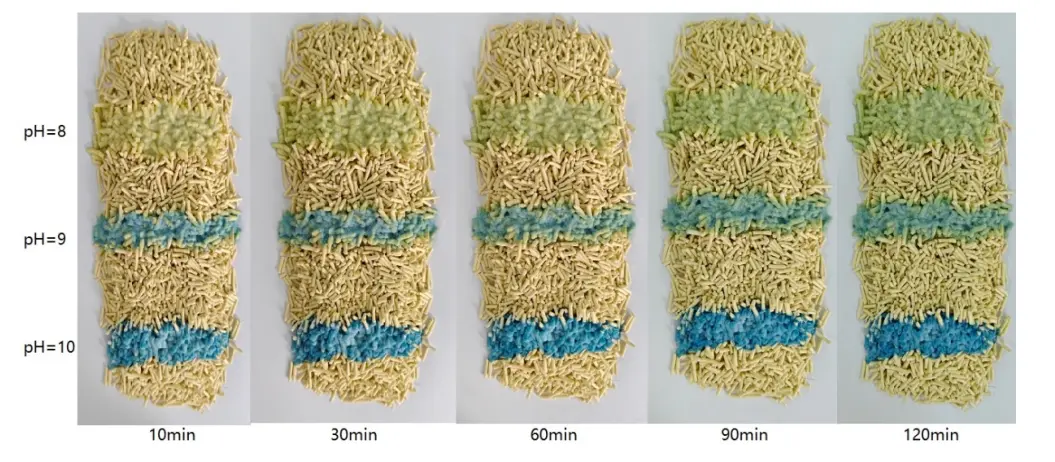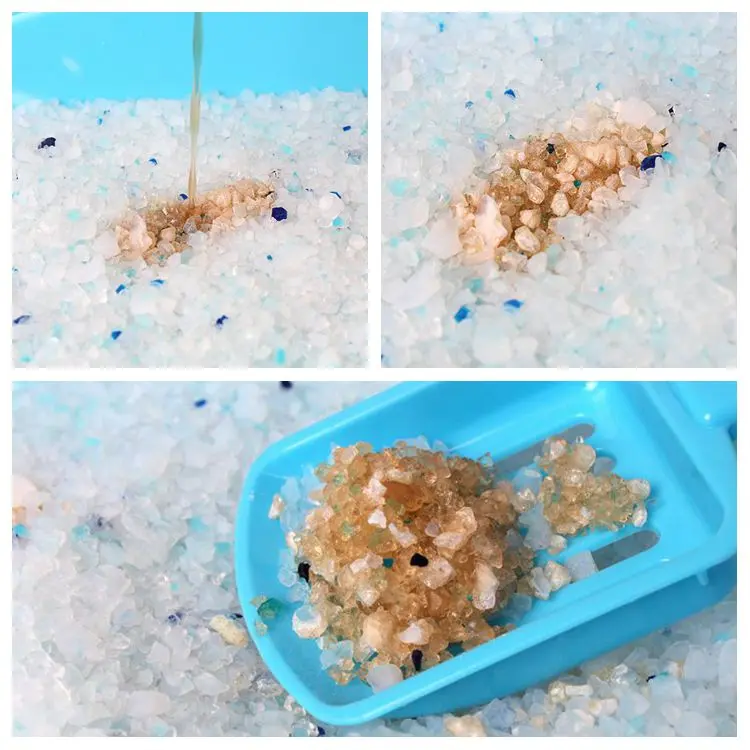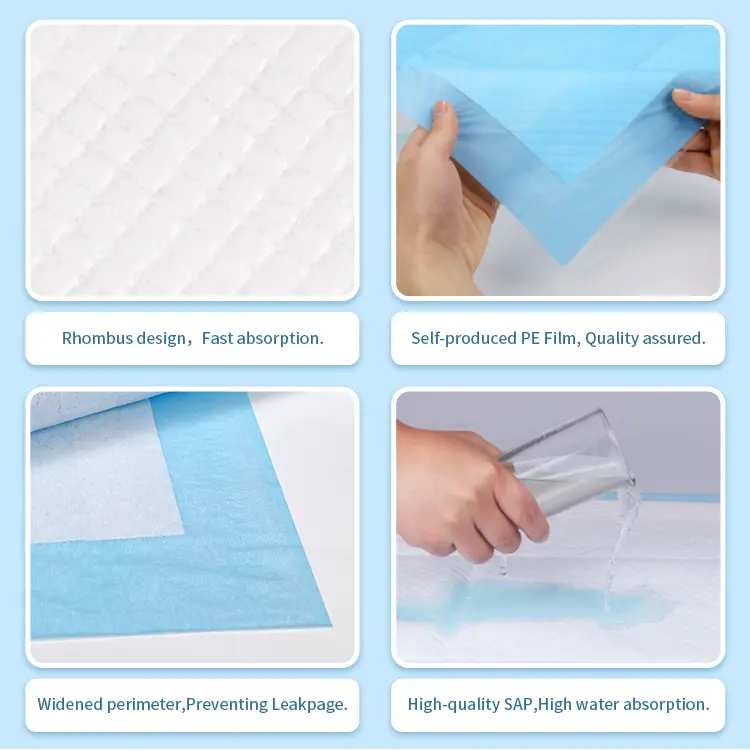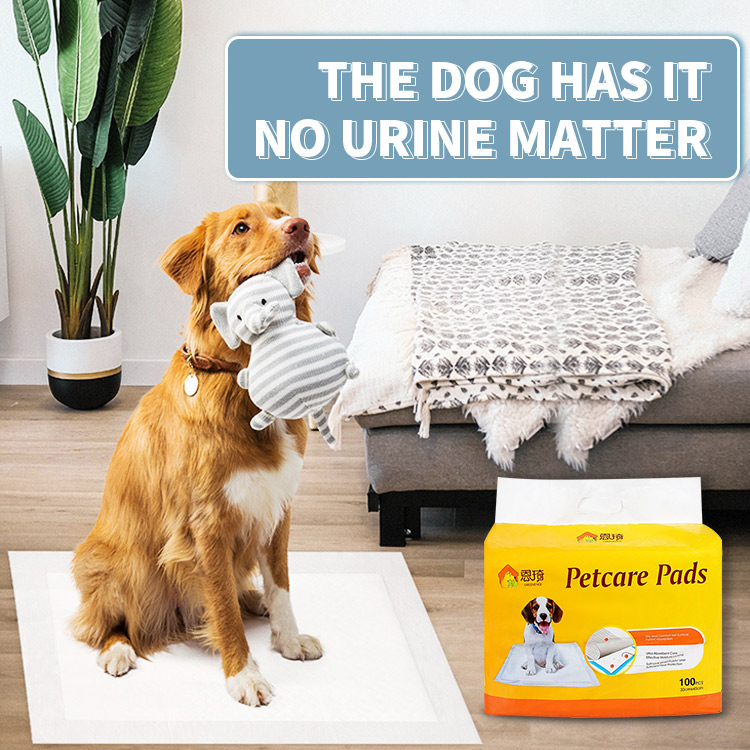Silica Gel Cat Litter Safety
Silica gel cat litter, commonly known as crystal cat litter, is popular for its superior absorbency and odor control compared to traditional clay or clumping litters. Here’s a detailed look at its safety aspects:
What is Silica Gel Cat Litter?
Silica gel cat litter is made from silica dioxide, which is the same substance found in those small desiccant packets used to keep products dry. It's a form of silicon dioxide (SiO2), a porous sand-like material that can absorb a lot of moisture.
204799.webp)
Safety for Cats
Ingestion: Silica gel is not toxic if ingested in small amounts, but it can cause gastrointestinal irritation if a cat consumes a significant quantity. Most cats are not inclined to eat litter, but if you have a kitten or a cat that shows unusual behavior, it's something to monitor.
Dust: Silica gel litter tends to produce less dust than clay litters, reducing the risk of respiratory issues for both cats and humans. However, some brands may still produce dust that can be irritating, especially for cats with respiratory issues like asthma.
Paws and Skin: Silica gel litter granules are generally smooth and less likely to cause paw irritation compared to some other types of litter. However, in rare cases, it can cause skin irritation if the litter is not kept clean.
Safety for Humans
Handling: While handling silica gel cat litter, it’s advisable to wash hands thoroughly afterward. Using a scoop to clean the litter box and wearing gloves can further minimize direct contact.
Dust Inhalation: Although silica gel litters are marketed as low-dust, it’s wise to pour the litter gently to avoid creating a dust cloud. Silica dust can be harmful if inhaled over long periods.

Environmental Impact
Disposal: Silica gel litter is not biodegradable, which raises environmental concerns. Disposing of it in regular trash contributes to landfill waste.
Alternative Disposal: Some brands are exploring more eco-friendly options, but traditional silica gel litter is not compostable.
Recommendations for Use
Monitoring: Keep an eye on your cat’s behavior to ensure they aren’t eating the litter and are not experiencing any adverse reactions like coughing or sneezing.
Cleanliness: Regularly clean the litter box to prevent bacterial buildup, which can cause health issues.
Ventilation: Ensure the litter box area is well-ventilated to avoid dust accumulation.
Alternatives: If your cat shows signs of respiratory distress or if you are particularly environmentally conscious, consider alternative litters such as biodegradable or natural options (e.g., pine, paper, or corn-based litters).
Conclusion
Silica gel cat litter is generally safe for both cats and humans when used correctly. It offers excellent absorbency and odor control but comes with some environmental concerns. Always monitor your cat's reaction to new litter and maintain good hygiene practices to ensure the best outcomes.
![]() Green Pet Care--Cat Litter Catalogue.pdf
Green Pet Care--Cat Litter Catalogue.pdf
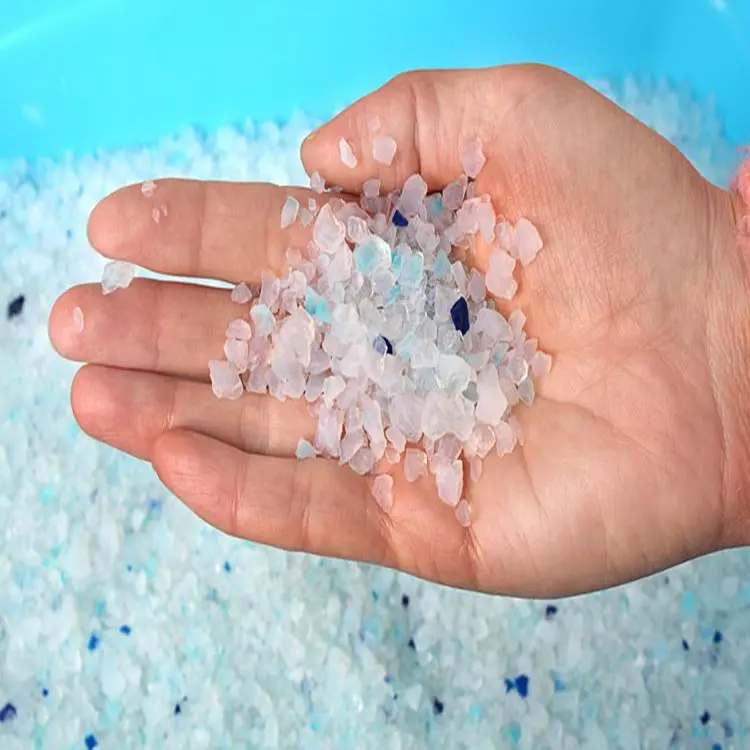

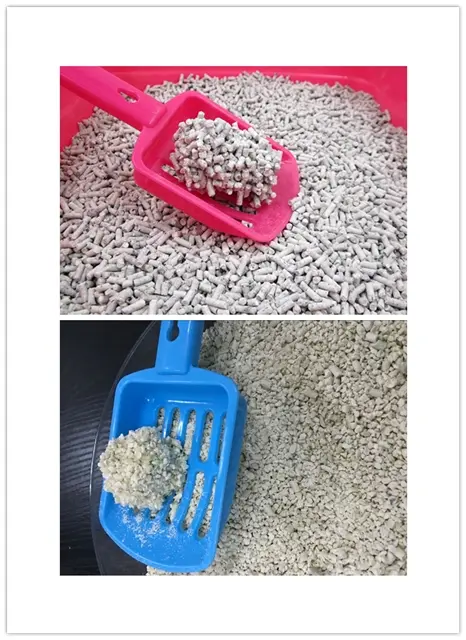


267.webp)
